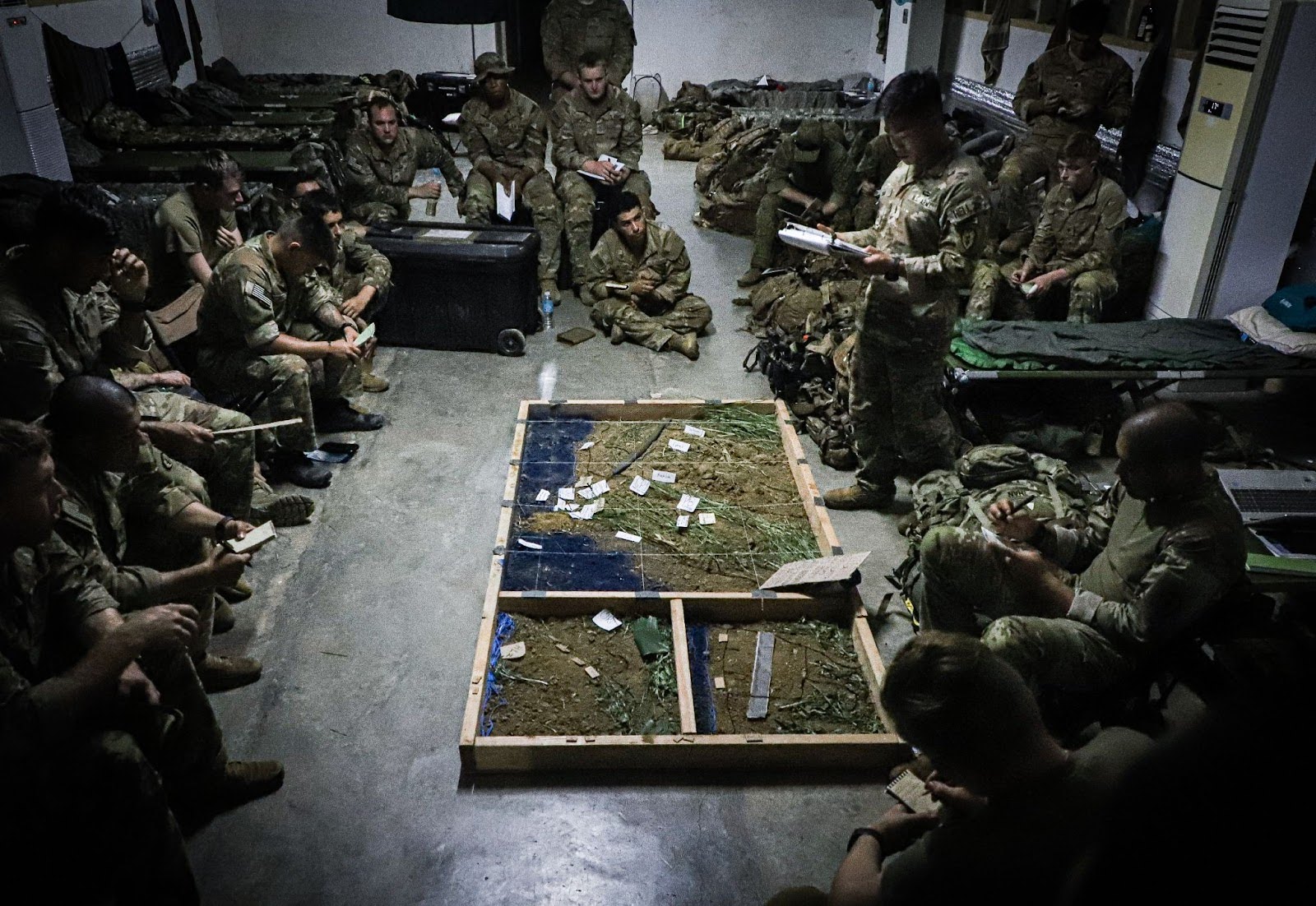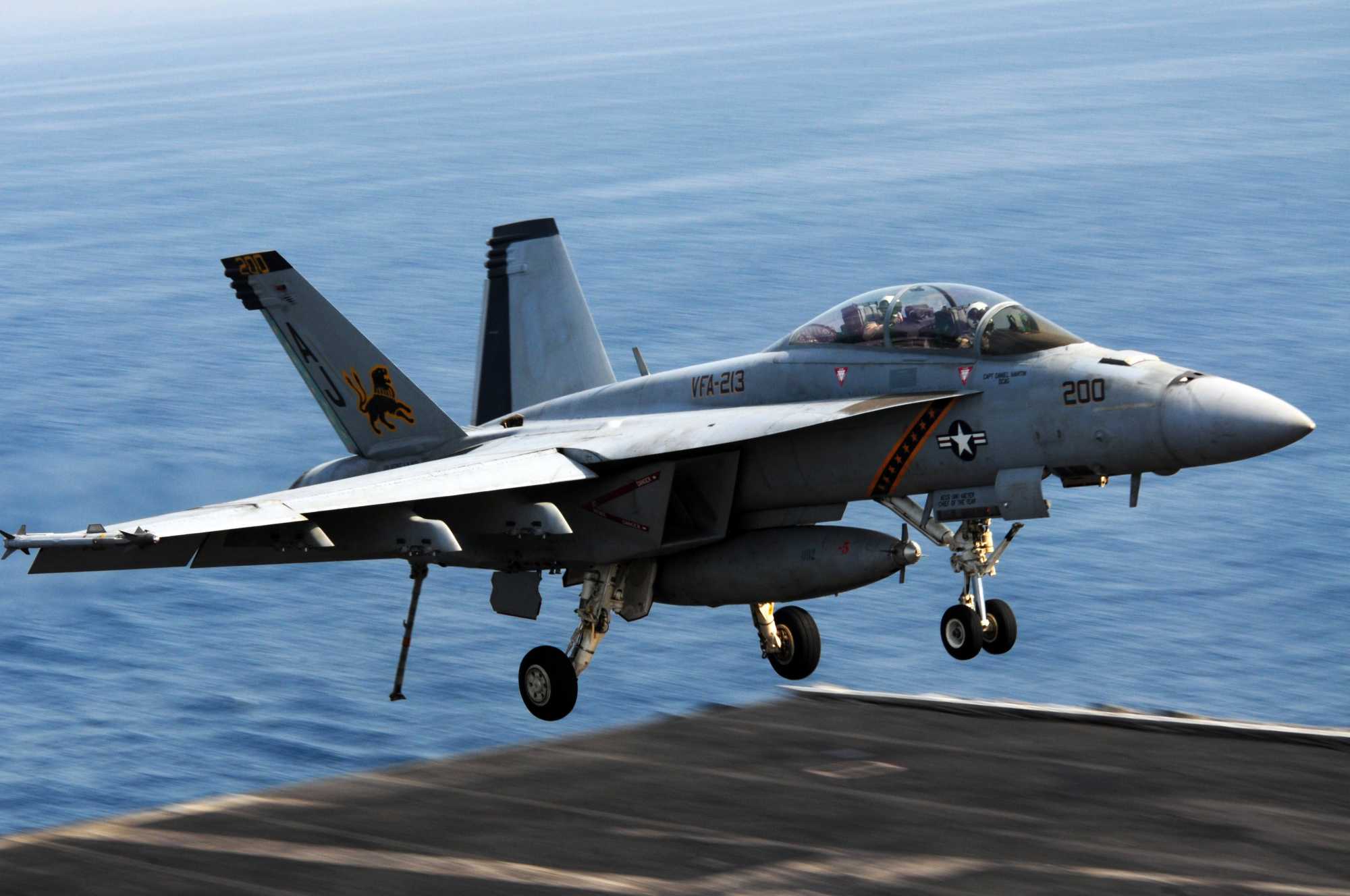The United States and the Philippines are engaged in Balikatan military drills, which commenced on April 22 and will continue through May 10. The drills included several groundbreaking events that were being held for the first time.
The exercise includes the expansion of joint military activities beyond the 12 nautical mile limit off the Philippine coast into waters claimed by China and the deployment of the Mid-Range Fires missile system, Typhon, in the Indo-Pacific theater for the first time, as previously reported by the EuAsian Times.
Adding to the list of firsts, the US Marines announced that they introduced their Amphibious Combat Vehicles (ACVs) during the military drills with the Philippines during the Balikatan exercise. This was the first overseas deployment of the ACVs.
On May 4, the 15th Marine Expeditionary Unit’s ACV Platoon conducted a live-fire, waterborne gunnery range exercise in Oyster Bay, Philippines, marking a crucial moment in the ACVs’ operational history. This represented “the first overseas employment of the ACVs.”
During the drill, the ACV platoon, stationed aboard the amphibious dock landing ship USS Harpers Ferry (LSD 49), engaged multiple shore-based targets using Remote Weapons Systems equipped with Mark 19 40 mm grenade machine guns.

The coordinated efforts of the section leaders within the ACV Platoon showcased the effectiveness of the vehicles in maximizing firepower while maintaining maneuverability.
The ACVs, equipped with 40 mm training rounds, employed a non-explosive method to mark targets with orange chalk upon impact during the exercise in Oyster Bay. This innovative approach ensured safety while still enabling effective target acquisition and engagement.
The successful completion of the gunnery exercise underscores the unique capabilities that the ACVs bring to the amphibious force. These include enhanced command and control, mobility ashore, and stabilized weapon systems.
“During this first deployment, the 15th MEU will continue to provide insights for ACV employment, embarkation, maintenance requirements, logistics trains, and integration with our allies and partners. These insights are vital for the service to ensure we continue to provide our Marines with the most operationally ready and capable platforms,” the Marines said.
U.S. Troops Revisit Key Islands Near Taiwan
The military exercises involving the U.S., Philippines, and other participating nations are pivotal in countering China’s regional influence. They are essential to ensure that the U.S. and its allies are well-prepared to address any potential contingencies.
On May 5, the U.S., Philippine, and Australian troops conducted joint training exercises on islands south of Taiwan. The exercise simulated potential raids in case of conflict on the island or in the South China Sea.
Gathering on Calayan, an island in the Luzon Strait, soldiers from the Hawaii-based 25th Infantry Regiment joined forces with Australian soldiers.
The troops boarded helicopters provided by the 25th Aviation Brigade and flew to Batan, an island about 120 miles south of Taiwan.
Upon arrival at Batan, the troops met with Filipino soldiers who had arrived earlier. Batan and several neighboring isles lie near the Bashi Channel, a crucial passage linking the Philippine and South China Seas.

The area is a focal point for territorial disputes, with Beijing asserting claims over vast swathes of maritime territory, including areas contested by the Philippines.
However, the significance of the Bashi Channel extends beyond territorial disputes. It serves as a strategic conduit for China’s naval operations and facilitates access to Taiwan’s eastern coast and the broader Pacific.
Last year’s exercise saw a similar coalition of U.S. and Filipino troops conducting air assault operations on the Batan, Calayan, and Fuga islands.
According to the USA, such joint military demonstrations convey a clear message to China: the United States stands prepared to protect the maritime territory of its allies.
USS Theodore Roosevelt Hits Milestone
In another milestone, the U.S. Navy aircraft carrier USS Theodore Roosevelt (CVN-71) completed its 250,000th successful arrested landing in the South China Sea, announced the U.S. Navy.
On March 19, 2024, the Operations Officer of Carrier Air Wing 11, Cmdr. Brandon Miller achieved this feat by landing an F/A-18F Super Hornet during routine operations in the region.
The service said that the accomplishment underscored the carrier’s capability to operate effectively in international waters and sent out a powerful message to both allies and adversaries worldwide.

Cmdr. Miller said, “It shows the longevity and resilience we have, exhibiting how we can repeat the process very well and successfully.”
The service added, “The arresting gear on a carrier is high performance and high impact, handling extreme demands during flight operations. Because of this high demand, the crew works around the clock to ensure the ship can support the aviation mission. Successfully achieving 250,000 traps is a testament to Theodore Roosevelt’s ability to consistently operate in international waters since being commissioned.”
Conducting 250,000 arrested landings over nearly 38 years is a testament to the expertise and dedication of the aircraft launch and recovery equipment (ALRE) team.
Capt. Brian Schrum, commanding officer of USS Theodore Roosevelt, commended the ALRE team’s exceptional performance, noting their relentless commitment to maintenance and operational excellence despite the carrier’s age.
The completion of this milestone highlighted the USS Theodore Roosevelt’s operational prowess and reaffirmed the U.S. Navy’s capability to project power and maintain maritime superiority in critical regions like the South China Sea.
- Contact the author at ashishmichel(at)gmail.com
- Follow EurAsian Times on Google News




